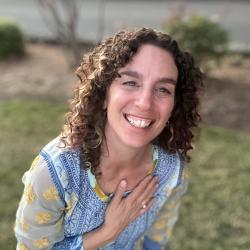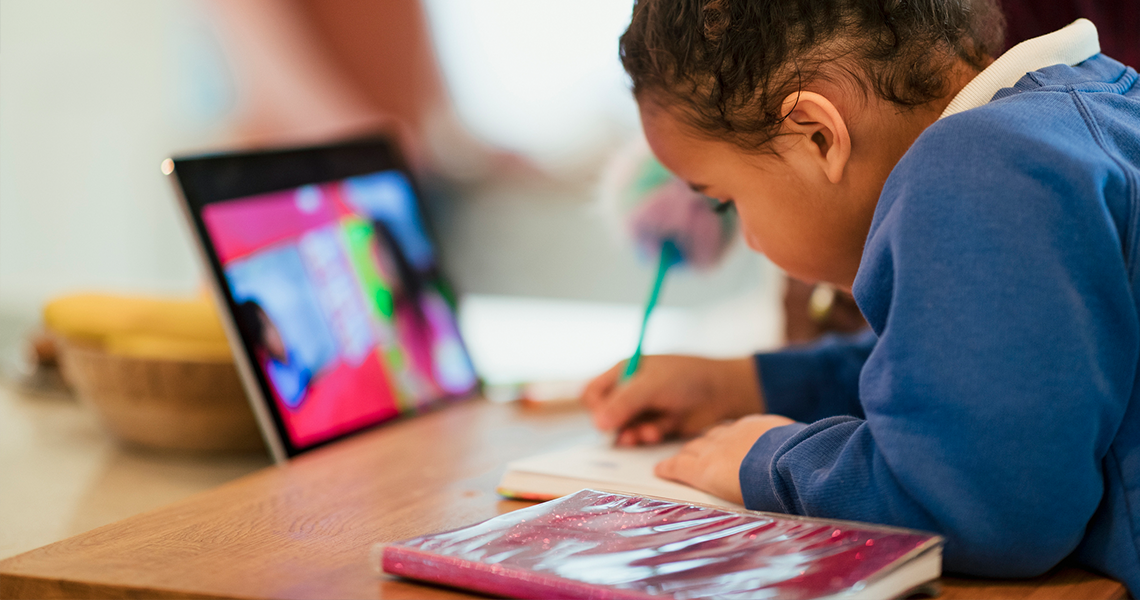
Sara Lev has just published a book she co-authored with two other members of the PBLWorks National Faculty, Amanda Clark and Erin Starkey: Implementing Project Based Learning in Early Childhood: Overcoming Misconceptions and Reaching Success.
In the last few months, teachers have been challenged to implement what some call “emergency remote learning.”
We didn’t have time to thoughtfully design our approach to teaching online, but we had to do it anyway. Early on, a colleague of mine tweeted that teachers had to “Apollo 13 it”; we had to take what we were given - duct tape, a hose, and a towel, for example - and fit a square box into a round hole so that we could get oxygen flowing and return home safely.
As a kindergarten teacher, I felt especially challenged. Children in the early childhood phase of development (ages 3-8) rely heavily on hands-on experiences. They learn best by engaging in collaborative play and discussions with peers. They are emergent readers and writers who need movement, music, and games. So anything we “assigned” (a word I’d never used in my teaching before) would need to consider all of these elements.
My kindergarten team and I were also painfully aware that parents generally did not have time to “teach” their kids, so we hoped to design work that students could do relatively independently. We wondered what type of solution would adequately reflect our knowledge of how young children learn best while at the same time meet our families’ needs.
Although I have taught using PBL for my entire teaching career, the idea of remote PBL for 5-year-olds was brand new for me.
Still, I had hope. And that hope started with my homing in on an authentic problem as a catalyst for designing and implementing a short PBL unit with my class.
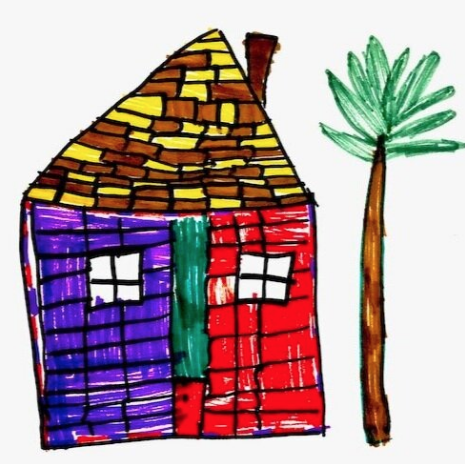 The problem? Kids need to learn and play at home. The adults who take care of them most likely need to work full time. Full time parenting + full time working = a mathematical impossibility. I began to think that although parenting blogs, websites and Facebook groups were full of ideas answering the question, “What can you do with your kids at home?” maybe kids were really the best people to answer this question.
The problem? Kids need to learn and play at home. The adults who take care of them most likely need to work full time. Full time parenting + full time working = a mathematical impossibility. I began to think that although parenting blogs, websites and Facebook groups were full of ideas answering the question, “What can you do with your kids at home?” maybe kids were really the best people to answer this question.
I developed a PBL unit based on the driving question: How can we design a set of activities for kids to do at home when their grown-ups are working? The unit would address some of my students’ questions about the virus itself, why we are staying home and missing school, and ask: what can we do about it?
The public product was an online resource of activities for kids and families. My students collected and shared their favorite activities and also designed their own to recommend to everyone in our school. The kicker was these activities had to meet the following criteria: each activity had to be done independently, had to last for 30 minutes or longer, and, of course, had to be fun.
One of my struggles early on in our new Zoom learning model was with the “Mute Participants” button.
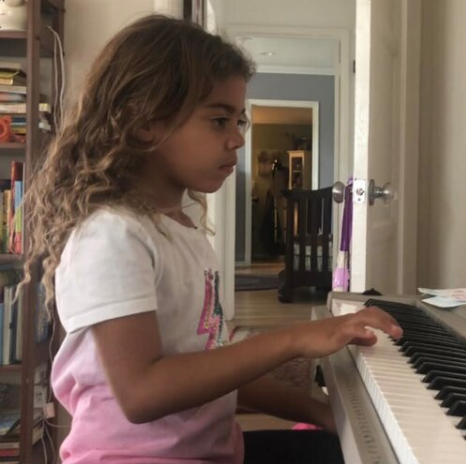 When faced with facilitating a whole group meeting or lesson, the typical advice is: it’s fine, you can just mute your kids. This flew in the face of everything I believed. Kids should be able to talk, respond to one another and to me, and voice their opinion. While the Mute button is most assuredly needed sometimes, kids can learn self-regulation skills and therefore don’t always need to be muted as a group.
When faced with facilitating a whole group meeting or lesson, the typical advice is: it’s fine, you can just mute your kids. This flew in the face of everything I believed. Kids should be able to talk, respond to one another and to me, and voice their opinion. While the Mute button is most assuredly needed sometimes, kids can learn self-regulation skills and therefore don’t always need to be muted as a group.
I decided that I would not mute my students during meetings, and instead would teach and reinforce the expectations we had in our classroom. Look at the person who is speaking. Keep your voice quiet so you can hear. This worked fairly well, but the noise around kids started to get in the way - babies crying, water running, parents on the phone.
So we talked about it. A child in my class suggested, “I can just go into another room.” I told kids: “If you are in a noisy room, mute yourself. If you have another room you can go to, please go there.” If children were muted and wanted to speak, I asked them to unmute themselves so we could hear them. During read alouds and games, I asked them to stay unmuted so they could respond or play.
To me, PBL is the “unmute button” in remote learning.
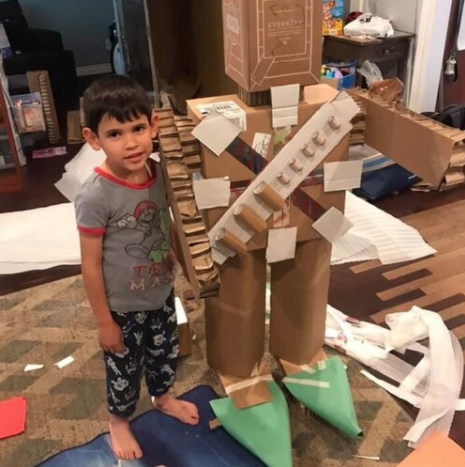 It allows even our youngest learners to make their voices heard in unique ways. In the context of our project, the children chose to first learn about COVID-19 from comics, stories, or a podcast, and then taught others about it through the medium of their choice. They designed their own set of activities to recommend to others based on their interests and experiences.
It allows even our youngest learners to make their voices heard in unique ways. In the context of our project, the children chose to first learn about COVID-19 from comics, stories, or a podcast, and then taught others about it through the medium of their choice. They designed their own set of activities to recommend to others based on their interests and experiences.
For example, a child in my class designed a bowling alley using Legos (the alley), empty water bottles (the pins) and a soccer ball (the bowling ball). Some wrote “how-to” books to teach others how to do their activities. We shared designs (via Flipgrid), students gave each other feedback, and then decided how they wanted to revise their work. Throughout the project, the children had opportunities to share and respond to one another’s ideas, and collaborate on a final product. As with all high quality PBL, they saw an authentic application for their learning in the world beyond their own (virtual) classroom.
Remote PBL with young children has its challenges, but these can be overcome by staying curious and by accepting plenty of trial and error. Tools like Seesaw and Flipgrid make it feasible. Linking Morning Meetings to daily learning experiences allows children to share their work, have conversations, and problem-solve. For children who could not attend the meetings, directed lessons could be viewed later. I also held office hours once a week for anyone who needed support.
As schools think about next year, remote learning will most likely play a role, and PBL should be considered a powerful option, even for our youngest learners.
Remote PBL is a tapestry of different practices, platforms, and planning approaches. It’s messy and new, but the benefits make it worth it. Young children have something to say. Project Based Learning insists that students’ voices be heard, and provides a platform and structure for that to happen.
With PBL as the “unmute button” of remote learning, it’s all in your hands.
To see the full plans for this project, visit www.earlychildhoodpbl.com/homebase.
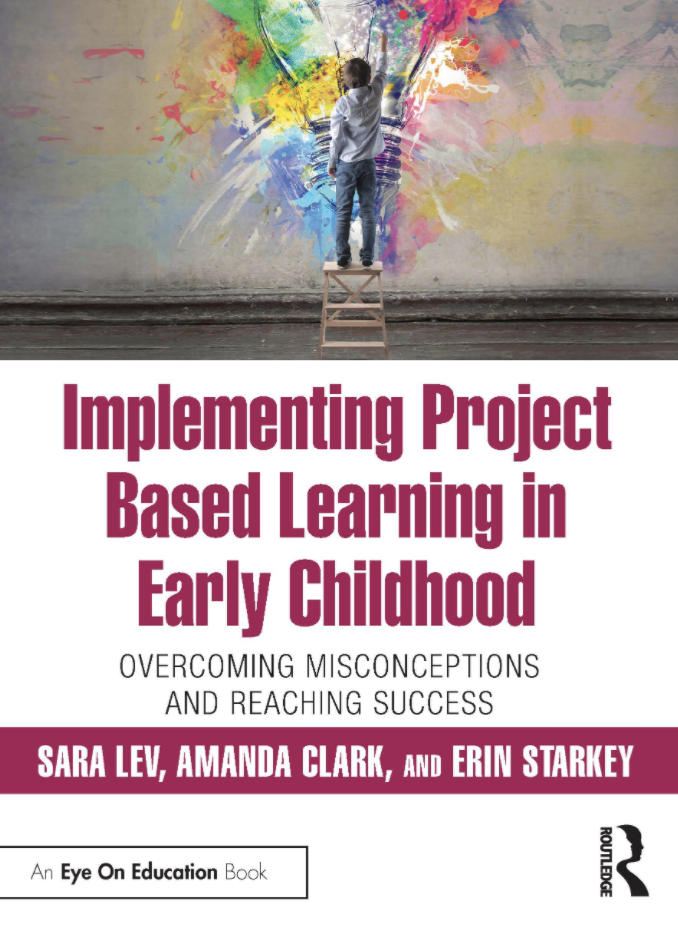 Sara Lev is the co-author of Implementing Project Based Learning in Early Childhood: Overcoming Misconceptions and Reaching Success. She teaches Transitional Kindergarten in Los Angeles and is a member of the PBLWorks National Faculty. Connect with her on Twitter @saramlev.
Sara Lev is the co-author of Implementing Project Based Learning in Early Childhood: Overcoming Misconceptions and Reaching Success. She teaches Transitional Kindergarten in Los Angeles and is a member of the PBLWorks National Faculty. Connect with her on Twitter @saramlev.

